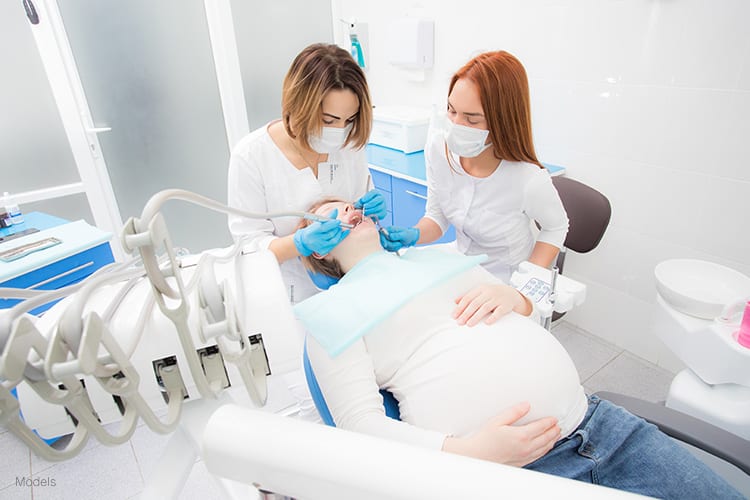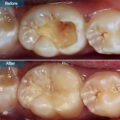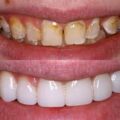What is an Invisalign?
Invisalign aligner is an orthodontic procedure available to adults and kids who have misaligned or crooked teeth. Invisalign revolutionized the orthodontic industry by giving patients a user-friendlier and a more aesthetic alternative to wire braces. Custom made for each stage in the treatment process, each of the trays gradually shifts teeth into their correct position, with each step-by-step movement planned by the dentist. Invisalign eliminated most of the drawbacks of traditional braces, and with very few drawbacks of its own, it is now the widely preferred orthodontic treatment option for many patients.
Who should undergo the treatment.
- Invisalign can benefit all dental patients who need orthodontic treatment. These include those who:
- Have misaligned, crooked and overcrowded teeth
- Have teeth that are spaced too far apart
- Have an open bite (when the front teeth stay open when the person bites)
- Have a closed bite(when the upper teeth cover the lower teeth when the person bites)
- Have a crossbite (when some of the upper teeth are inside while some are outside of the lower teeth when the person bites)
- When the upper and lower teeth do not fit together properly
- When the jaws do not meet properly
Malocclusions are classified into three different types depending on their severity:
Class I: Cases where the jaws meet properly but the teeth are improperly positioned
Class II: More commonly known as an “overbite”, these are cases where the upper jaw is protruding forward or the lower jaw is recessed backwards
Class III: These are characterized by a lower jaw that protrudes or an upper jaw that is too far back; they are the opposite of class II malocclusions and are also known as an “underbite.”
The Overall aim of Orthodontics is to:
- Improve a patient’s dentofacial appearance.
- Correct teeth positioning problems.
- Eliminate problems that can pose long-term risks to teeth.
- Restore the function of the teeth
- Unlike traditional braces, however, Invisalign can achieve these goals without causing a lot of discomfort and without making patients wear unsightly metal appliances.
How the procedure works
Invisalign aligner trays work the same way as traditional braces, but they use different methods to achieve the same results. Instead of pulling teeth into their proper position using wires, the trays are placed on top of the teeth to gently align or re-position them.
Through the treatment period, the patient will use several different aligners with each aligner representing the next movement the dentist has planned for the teeth to take. In most cases, each aligner has to be worn for around two weeks before being replaced by the next aligner in the series.
Invisalign trays offer several advantages over traditional braces. These include the following:
- There is no need to use bulky and unsightly metal appliances as the aligners are almost completely invisible.
- There is no need to have the wires tightened, an experience that several people find uncomfortable.
- The adjustments occur gently and with little to no effects on the patient’s everyday life.
If a patient is interested in undergoing the Invisalign treatment process, the first step is finding an Invisalign provider near his location. Once the right Invisalign provider is found, the dentist will assess the patient’s dental condition, such as the positioning of the teeth and problems with the bite to come up with a customised treatment plan that will work most effectively for the patient. The dentist will then discuss possible treatment options. Impressions of the patient’s teeth is taken and sent to dental technicians who prepare dental appliances. When the aligners are ready, the first tray in the series will be placed on the patient’s teeth.
The patient will then be asked to return every two weeks to have the aligners changed until he reaches the end of the treatment process. The whole treatment generally takes the same amount of time as traditional braces, but with much less discomfort and with better aesthetics.
Can You Have Invisalign While Pregnant
According to expert dentists, usually, it is safe to undergo orthodontic teeth straightening using Invisalign aligners during pregnancy. However, you should discuss all the potential issues with your orthodontic expert before starting the treatment. SEE: Can You Smoke With Invisalign?





